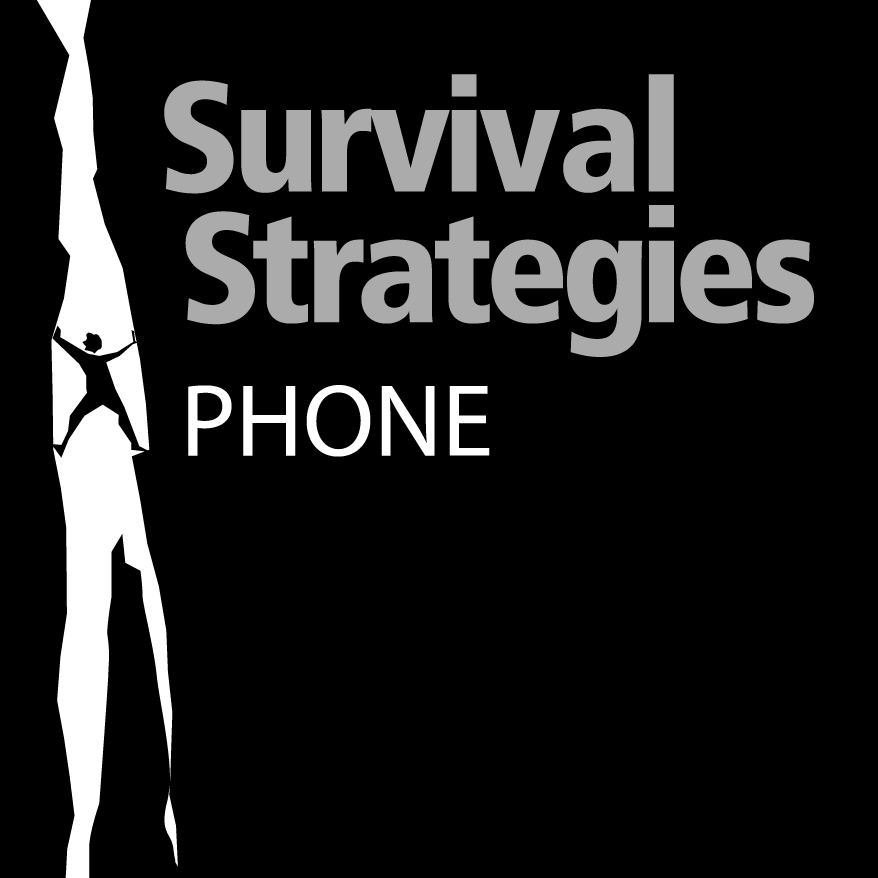Bob Stone wrote a book called Successful Direct Marketing Methods. In that book (Bob was the Chairman of Stone & Adler, Inc., one of the most famous direct marketing agencies) a 7-step selling process for the phone was outlined. Reviewing that process will help you be more effective in your own techniques.
1. Precall Planning
Know who you are calling and PREPARE for the call. This is where the practice comes in. Planning means outlining and planning objectives for the call, getting mentally ready. Like a professional athlete trains and gets hyped up before a game, you have to psych yourself for the call. Embrace it!
2. Approaching and Positioning
In any phone conversation, you have to get to the point – identify who you are and where you’re from. What is the purpose of your call? Write out an interesting creative statement! Remember: it’s a conversation – your sole objective is to get the person talking to you so you can listen. Try to build rapport in the tone of your voice. Of course, some people will simply not want to talk to you. That’s okay! Remember: you have a yes-no ratio (the number of “no’s” you will receive before you get a yes). There is no such thing as a “no” anyway – because as Elmer Leterman said, “The sale begins when the customer says no.”
3. Find the Decision Maker
But, do not neglect the “gatekeeper.” Screeners can be very valuable in getting to the right person. In dealing with a problem recently, I had to find the right person who knew production specifications for a piece of media a client purchased with a very tight deadline. I “had fun,” including finding out that the publisher’s website had two- year old incorrect numbers on it. I called and found out that no one except the production coordinator really had any clue as to what was needed in terms of the size of the digital ad. I wrote a letter after solving the problem and sent the coordinator a Starbuck’s card.
The phone conversation regarding that problem solving was great. We shared some interesting moments about how tangled a big company can become so that one hand doesn’t know what the other is doing. She was the decision maker – not the publisher or the sales rep who sold my client the space. And it was not by email, but by the phone that I found that out!
4. Gather Data
Every call you make helps you move closer to the objective: selling your service. You have to gather understanding about your client’s business and move from general to more specific questions. Learn how to question effectively! And listen to identify what your customer and prospect really needs!
5. Prepare Your Solution
Sometimes, you might not be able to solve the problem on a single call. There is nothing wrong with asking for another contact “after I pull some ideas together.” Talk about benefits – not features. And don’t overstay your welcome! Learn when to close the call and how to handle objections.
